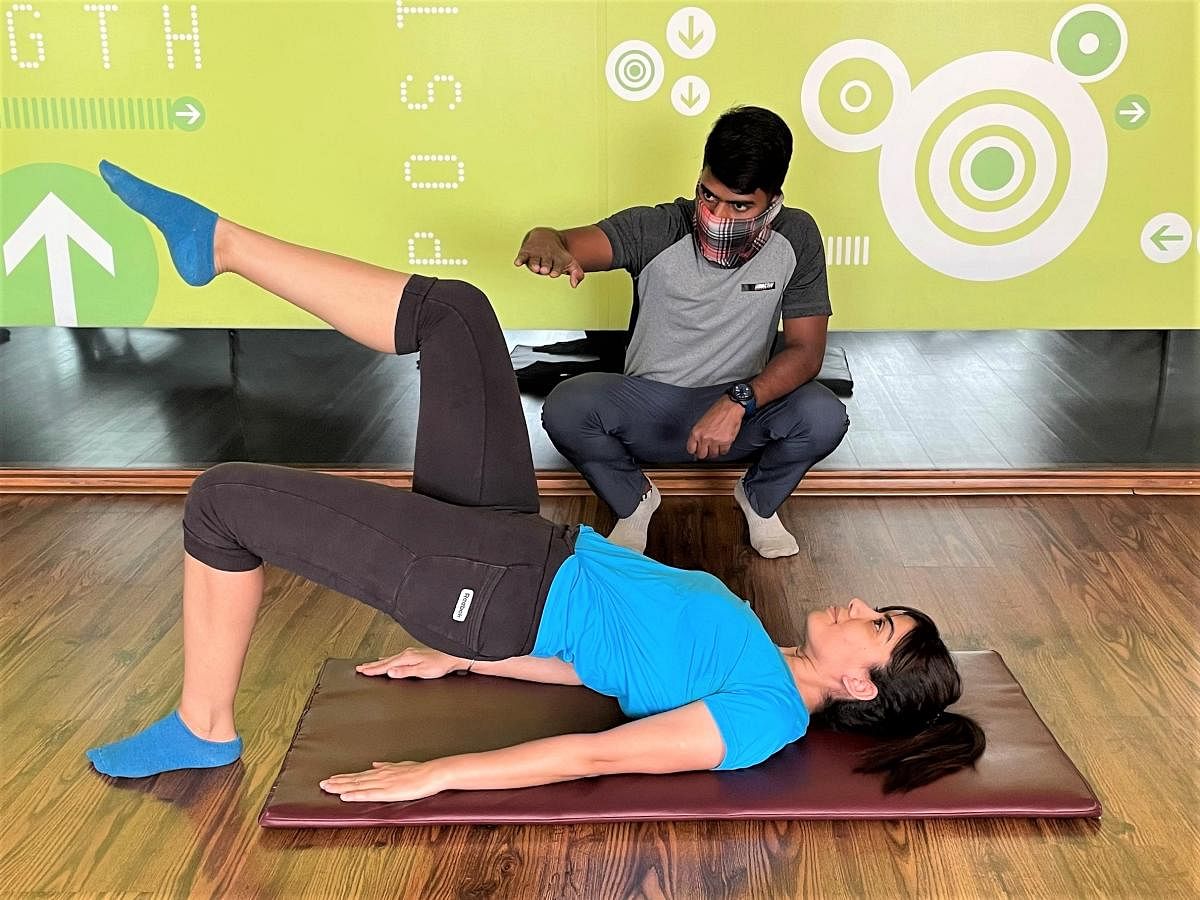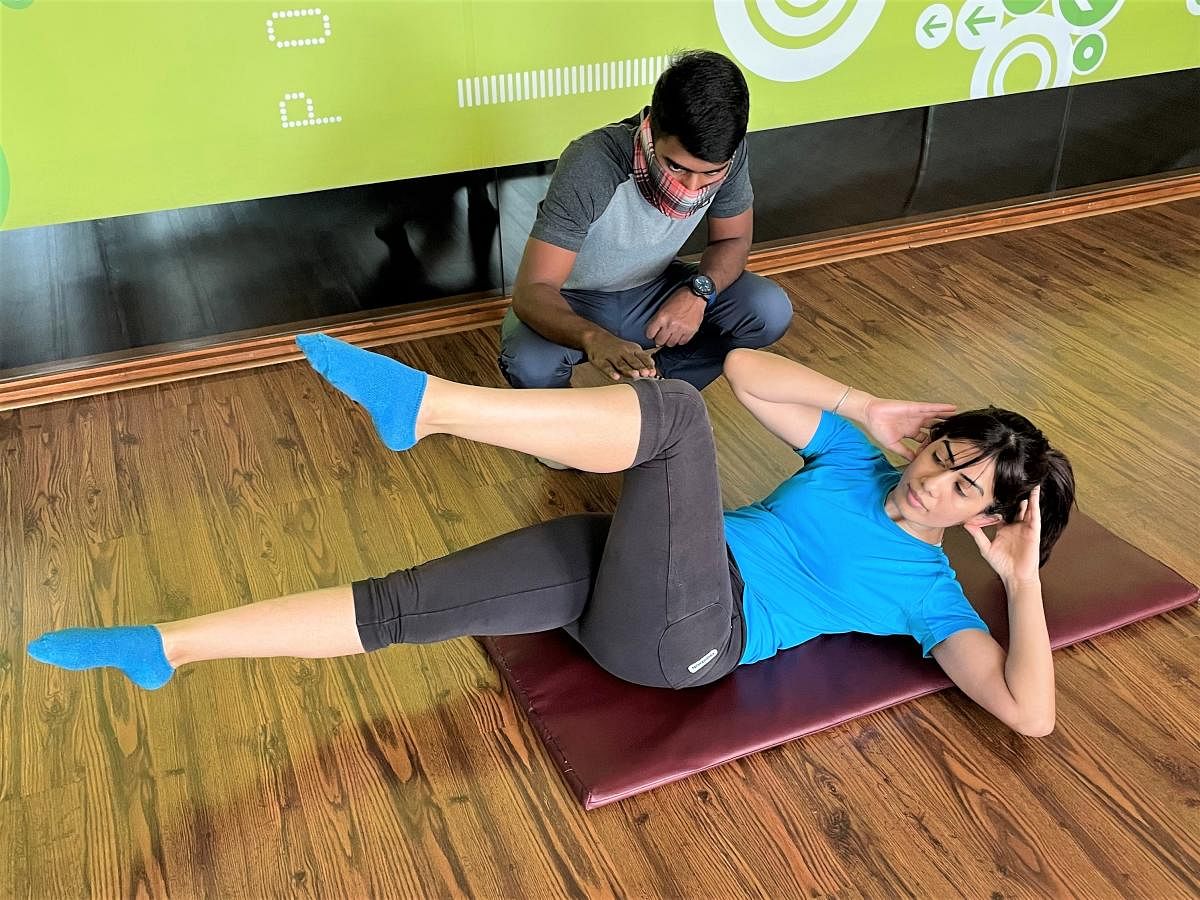

Building core strength is a commonly heard mantra amongst fitness trainers and fitness enthusiasts — making core exercises a popular inclusion in most workouts. However, there are many misconceptions of what comprises the core — often mistakenly believed to mean the abs, specifically the much in demand ‘six-pack’ in the mid-section.
What is the core?
The core functions to stabilise the trunk during the movement of our limbs (arms and legs). It acts as an anchor to control all movement. The core muscles comprise the deep abdominal muscles, muscles in the front, sides, and back of our trunk, the hip muscles, and the shoulder stabiliser muscles.
Benefits of a strong core
A primary focus of core-strengthening is the spine. Having a strong core that controls and stabilises the movement of arms and legs helps to minimise excessive load and stress on the spine. Another important function of the core is to help prevent injuries. All movements involve transferring force and workload from the lower body to the upper body and vice versa. The core connects the upper and lower parts of our bodies and helps to transmit energy and force optimally to enable strong functional movements while minimising stress on the body. A stable strong core will improve quality of life by increasing the ease of daily activities. It also enhances performance in sports and other activities.
Exercises
A core strengthening programme does not mean doing only ab exercises. A complete core programme should include hip and back work also. A good core-strengthening programme should be progressive, enabling an increase in challenge and work as strength increases. The key to benefitting from core exercises is good form and movement patterns when doing the exercises. Like any other quality exercise programme, a trained professional will help to ensure proper technique and safety.
Following are some exercises that strengthen the core and provide additional benefits of toning, increasing balance, coordination, and endurance. Each exercise shows a version on the mat, followed by a progression on the Pilates Reformer. The Reformer machine changes the dynamics of the mat exercise that is done on the fixed surface of the floor. The two major tasks that are added to the machine are a challenge to balance and stability — by working on the moving base of the Reformer. And secondly, the spring resistance of the machine adds further workload that benefits in strengthening and toning muscles.
Obliques
This exercise targets the sides of the trunk — an important group of muscles for creating stability, especially for rotational movements. On the Reformer the spring resistance increases the workload on the shoulder and the abs.
Bridge
A popular exercise in most workouts, the Bridge focuses on the core ab and hip muscles. From the mat, this exercise is progressed to the Pilates Reformer — increasing core muscular work while challenging balance.
Side bends
This exercise targets the sides, back, and hip stabilising muscles. On the Reformer the exercise challenges balance and stability because of the spring resistance being used from one side.
Side planks
An exercise that challenges the entire core system, along with balance. The moving surface of the Reformer makes this exercise more dynamic, from the static position on the floor, further increasing core work.
Kneeling opposite arm, leg lifts
This is a very effective exercise to strengthen the core. There is an increased challenge to the shoulder, hip stability, and balance on the Pilates machine.
Plank
An excellent total body exercise focusing on all the core muscles — abs, spine, hips. Done on the machine it adds challenge to balance and core control. The added resistance of the springs increases muscular work.
(The author works in the field of general fitness, sports, rehabilitation and special needs and is a Master Trainer for physiotherapists, sports trainers,
dancers, yoga and personal trainers, among others.)